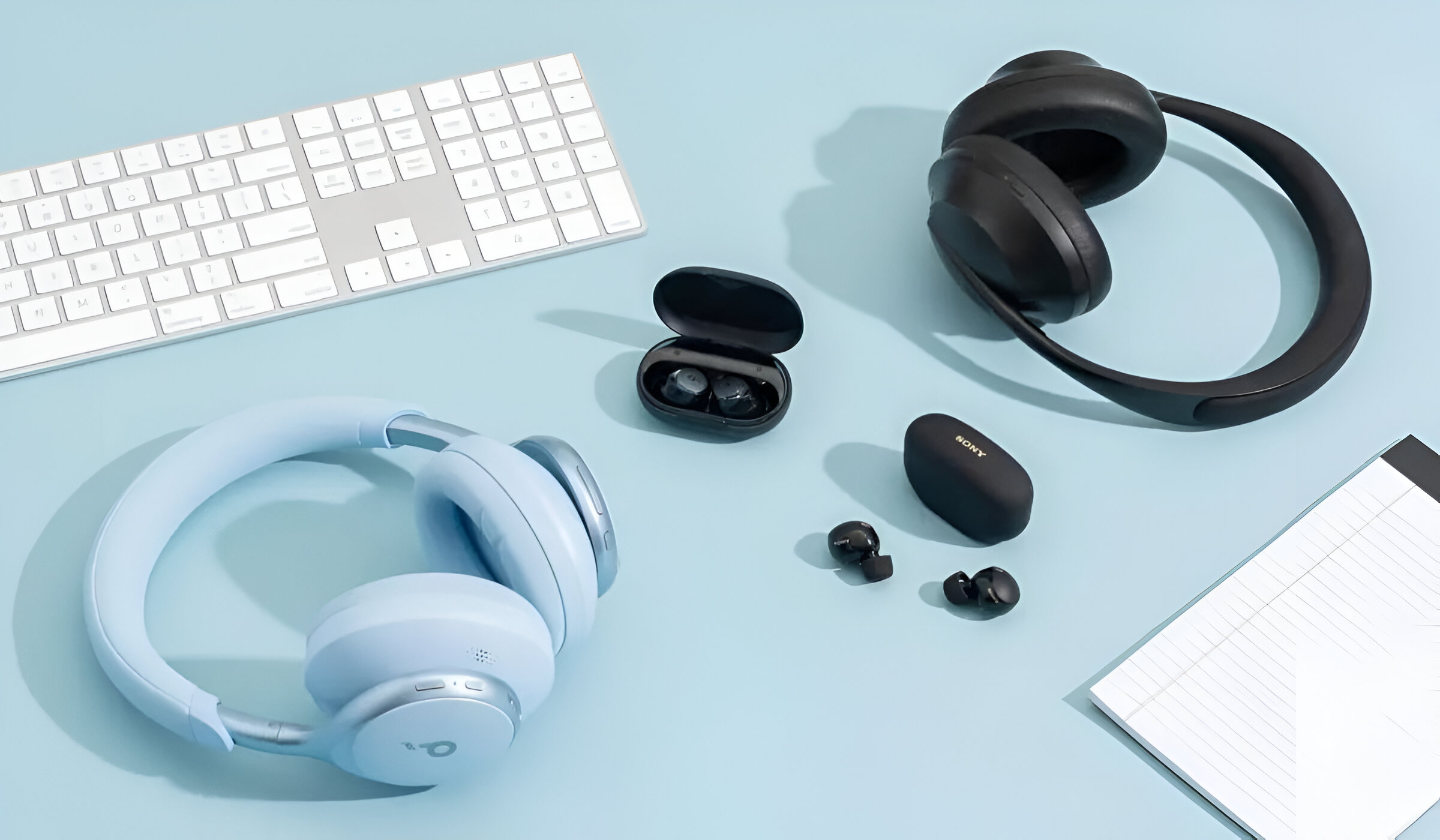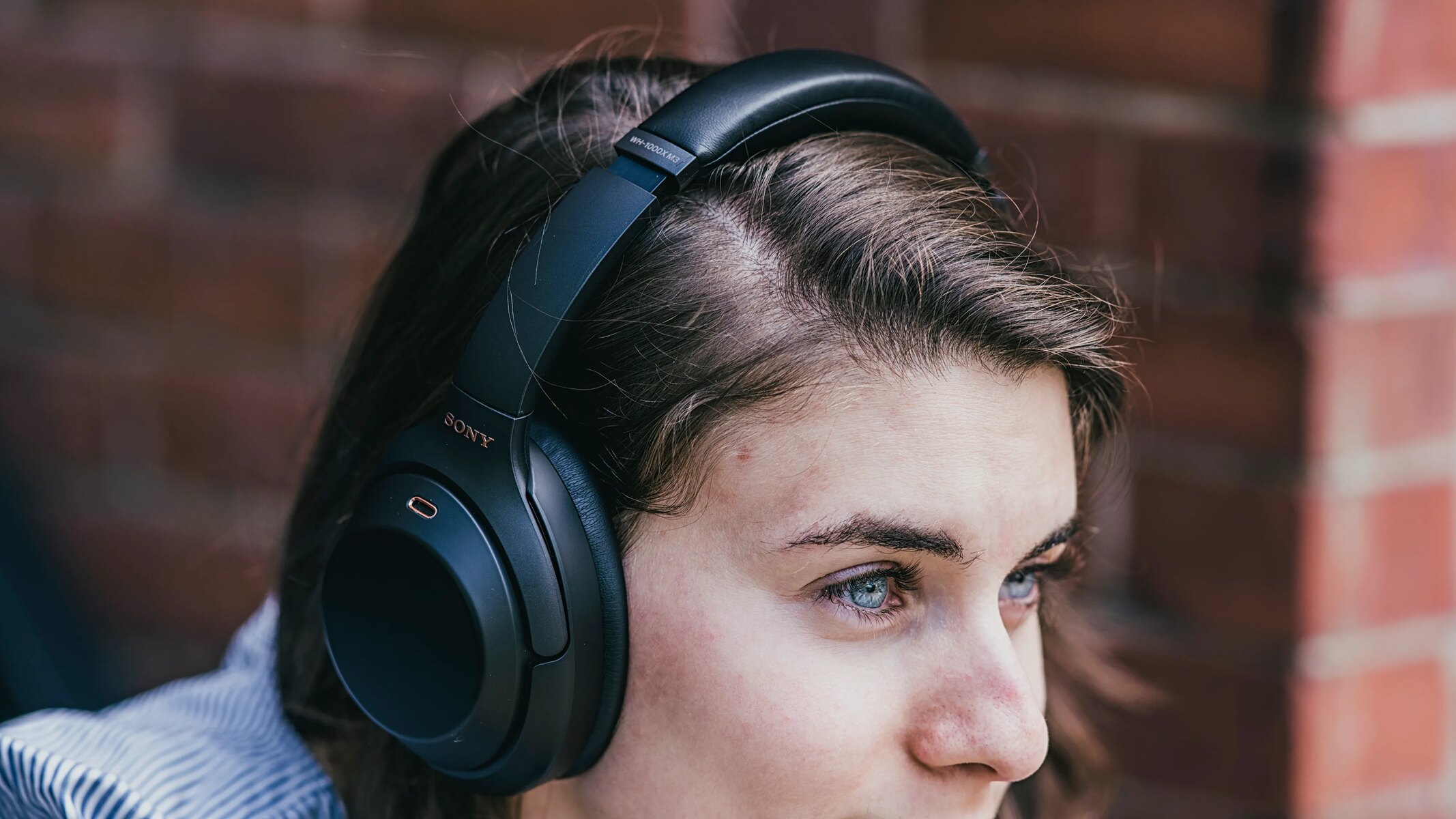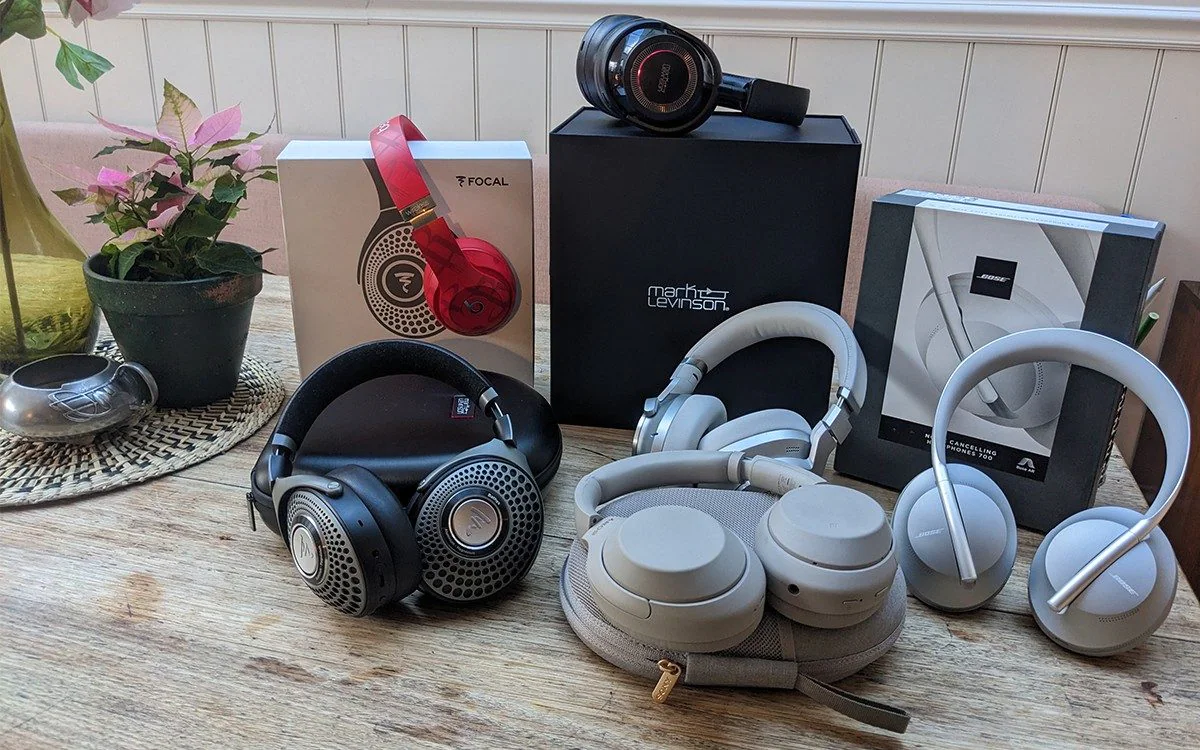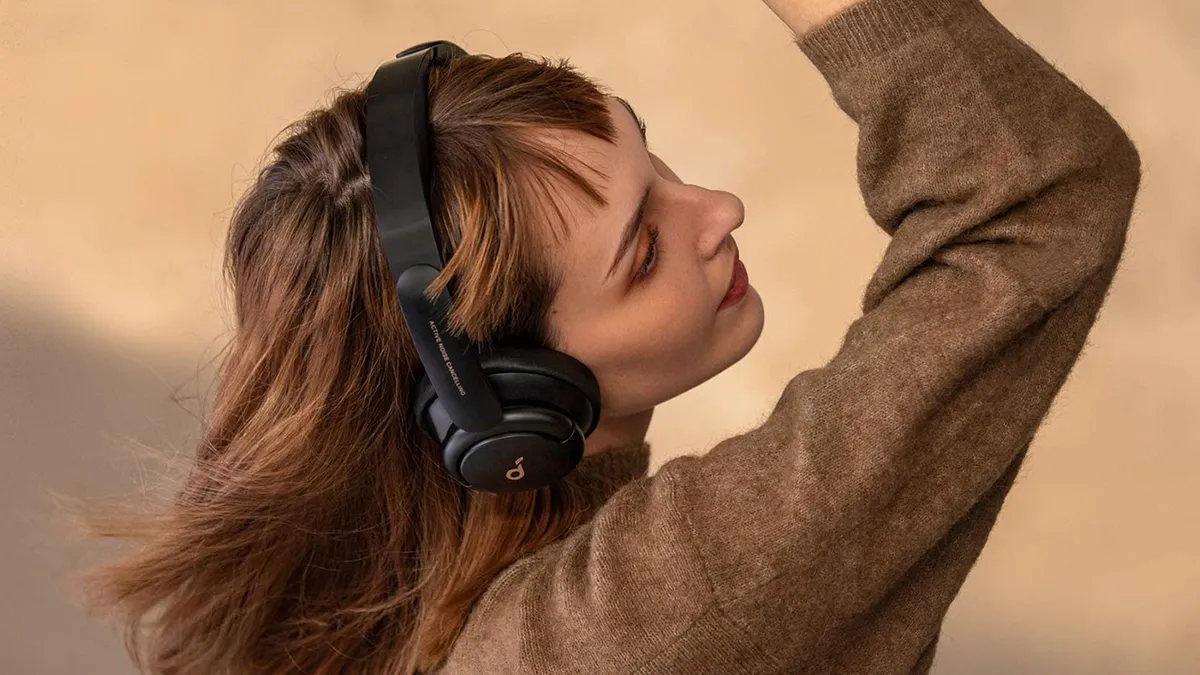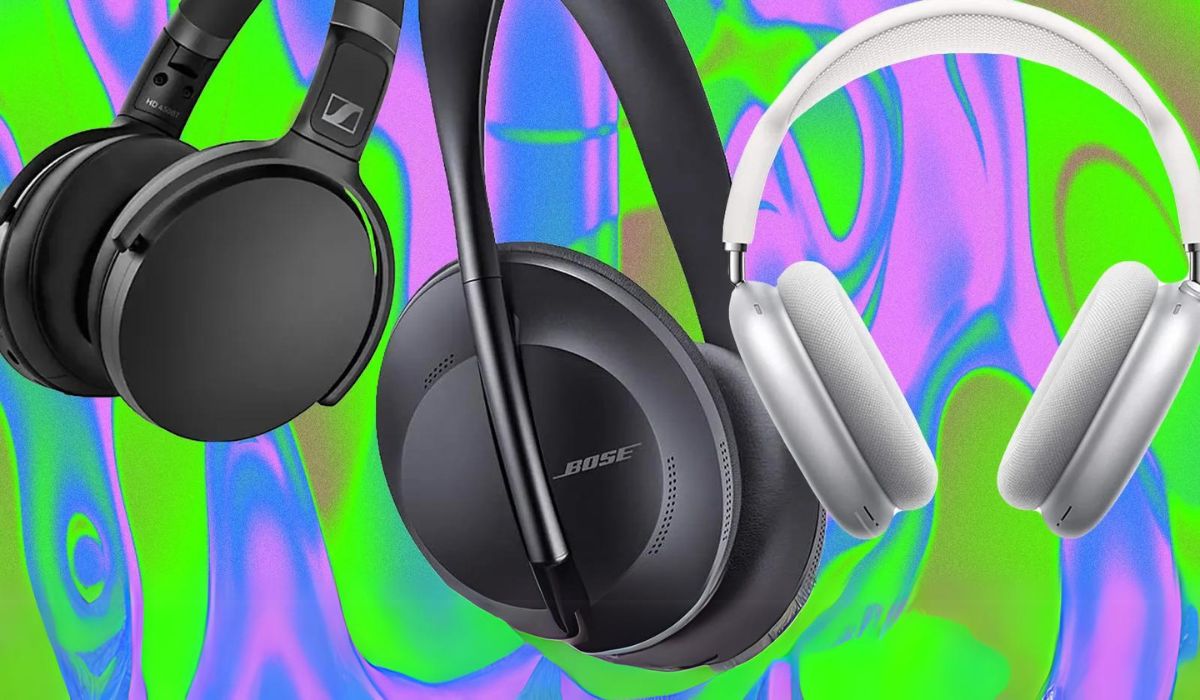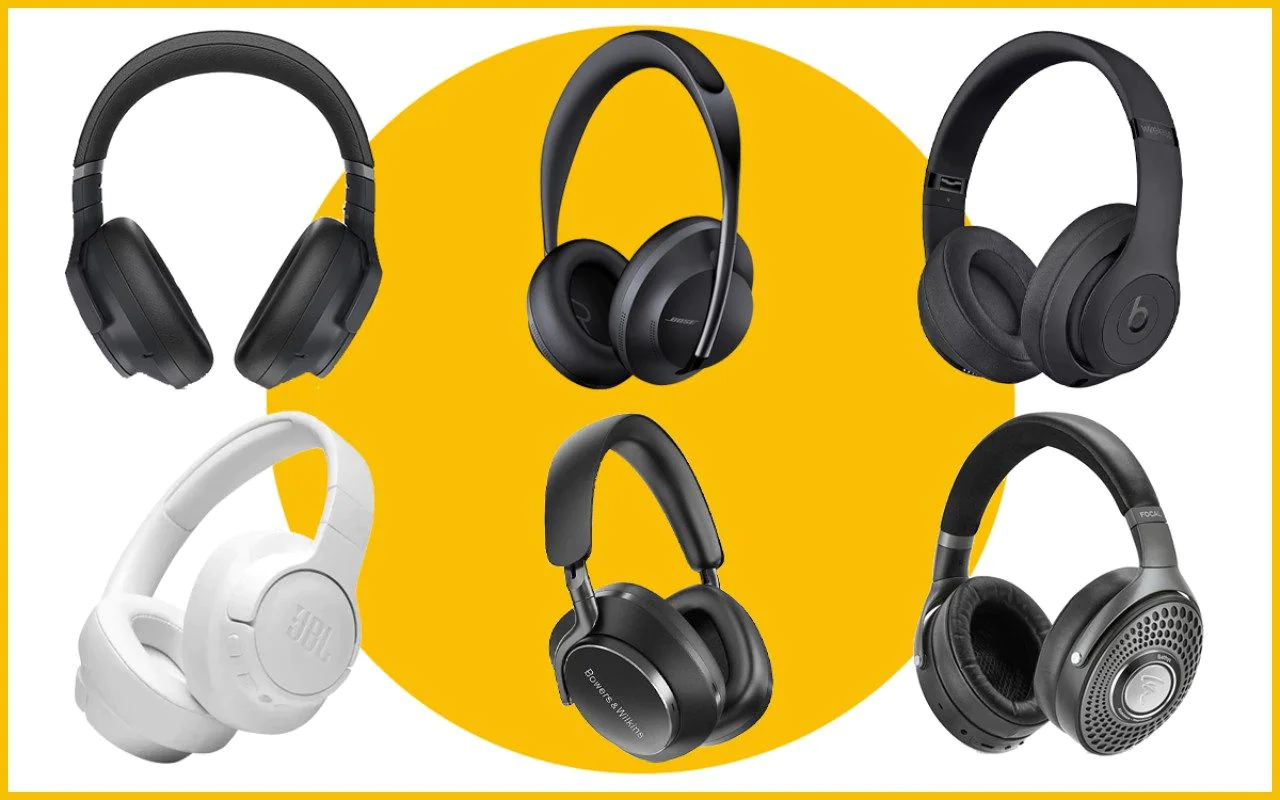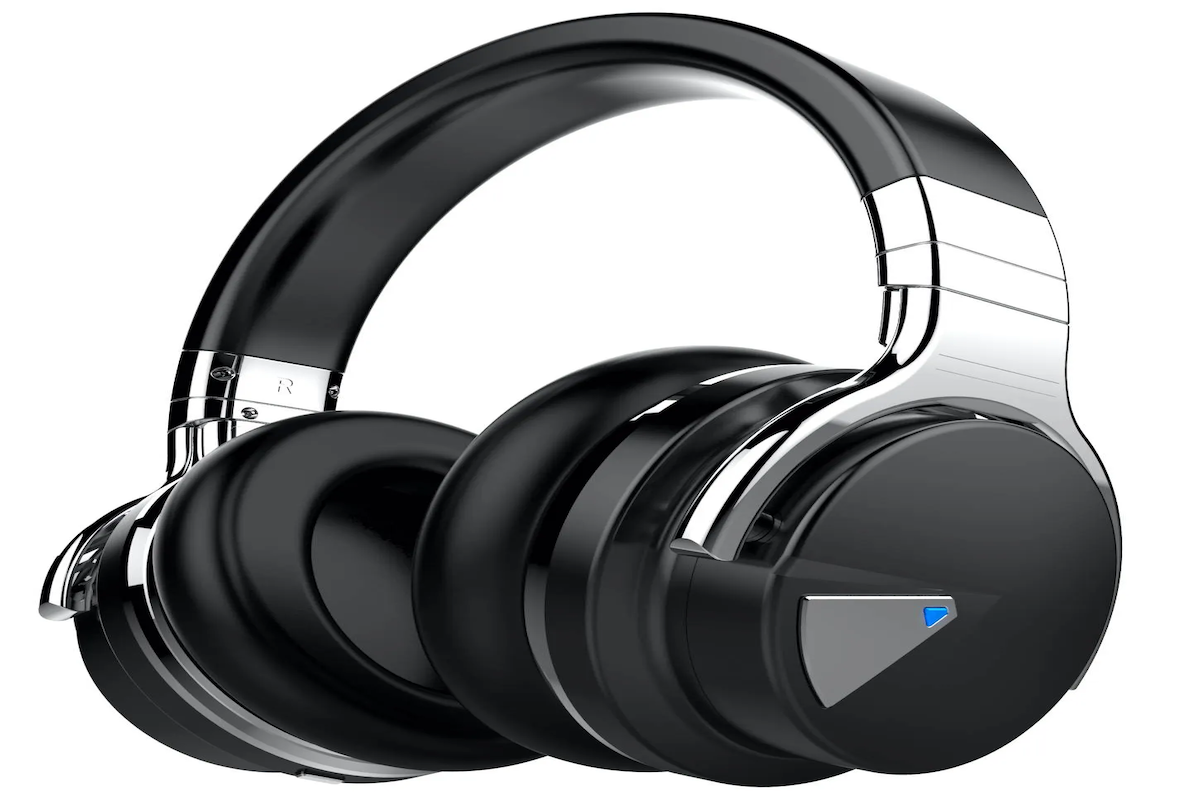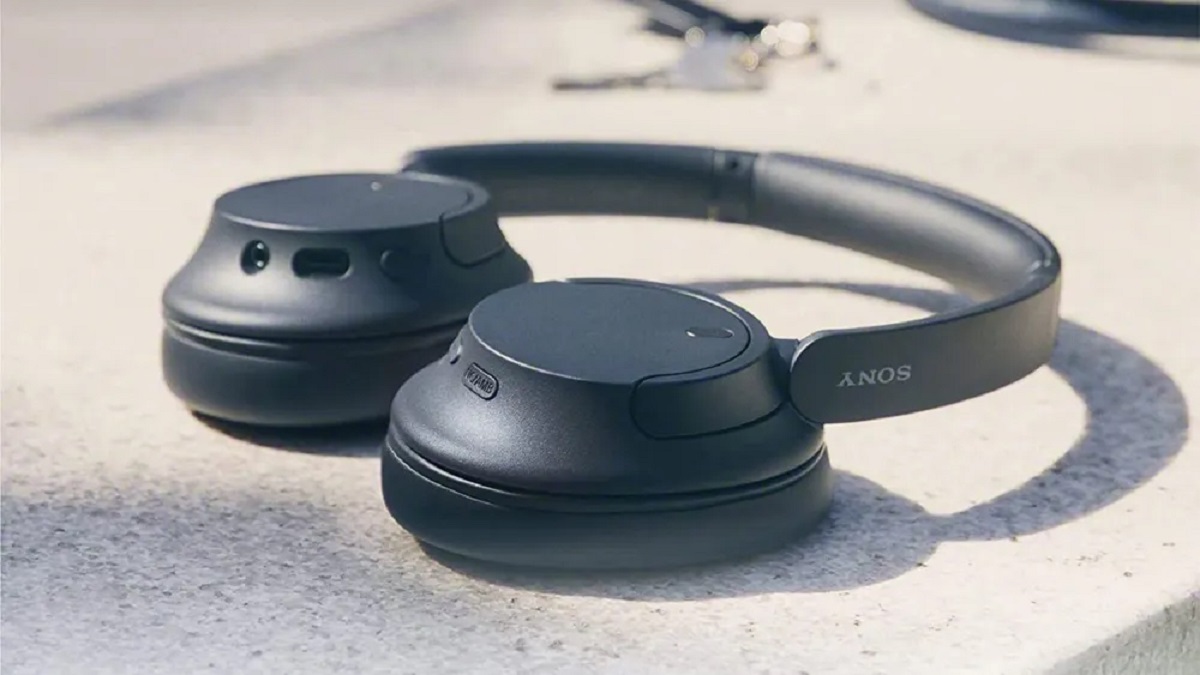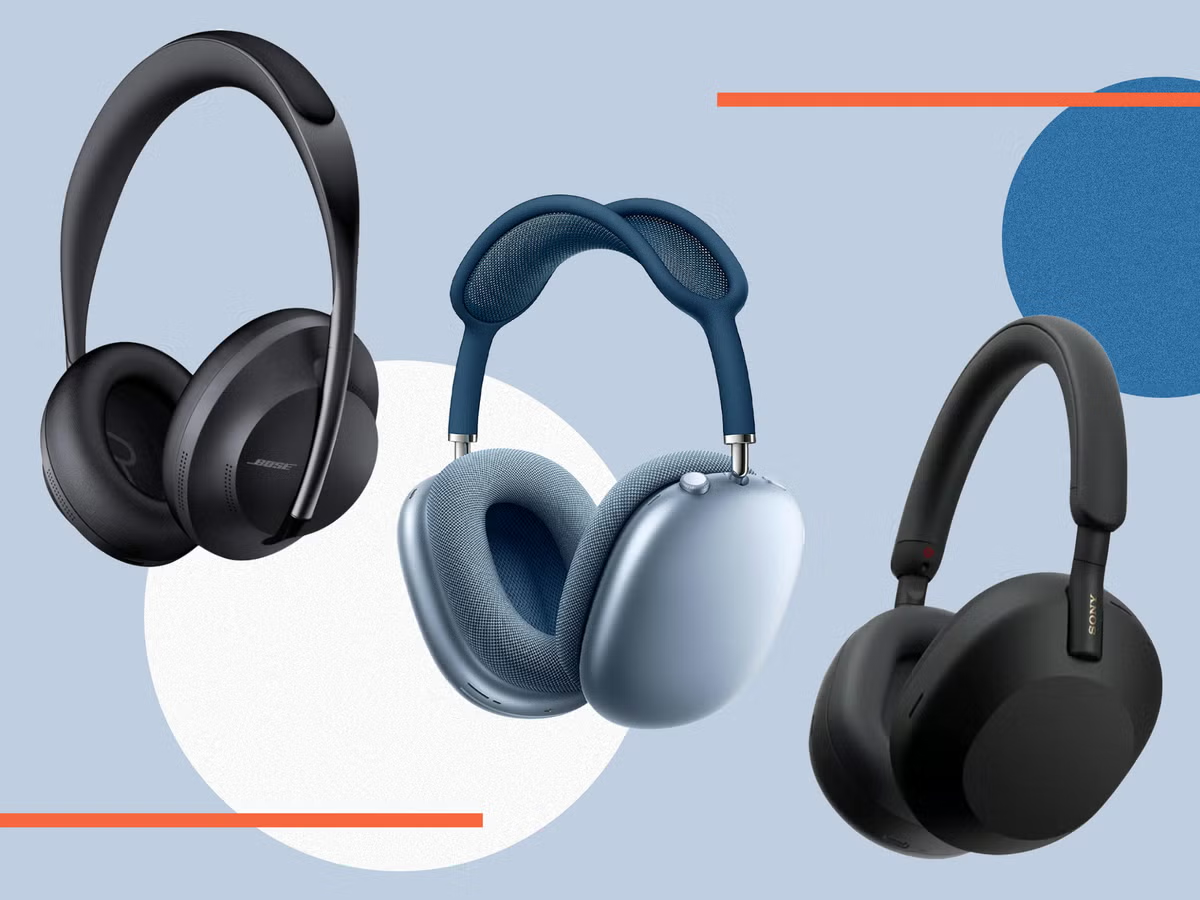Introduction
Noise cancelling headphones have become increasingly popular in today's fast-paced and noisy world. Whether you are a frequent traveler, a music enthusiast, or someone who simply wants to escape the hustle and bustle of daily life, noise cancelling headphones offer a sanctuary of serenity. These innovative devices are designed to minimize external sounds, allowing you to immerse yourself in your favorite music, podcasts, or audiobooks without being interrupted by ambient noise.
In this article, we will delve into the fascinating world of noise cancelling headphones, exploring how they work, the different types of noise cancelling technology, their benefits and drawbacks, as well as tips for using them effectively. By the end of this read, you will have a comprehensive understanding of these remarkable devices and how they can enhance your auditory experience in various settings.
Whether you are a frequent traveler seeking solace from the roar of jet engines, a professional looking to focus in a noisy office environment, or a music lover craving an undisturbed listening experience, noise cancelling headphones have the potential to revolutionize the way you engage with sound. So, let's embark on this sonic journey and uncover the magic behind noise cancelling headphones.
How Noise Cancelling Headphones Work
Noise cancelling headphones operate on the principle of sound wave interference to reduce or eliminate ambient noise. They are equipped with built-in microphones that pick up external sounds, which are then analyzed by an internal processor. Subsequently, the headphones generate sound waves that are the exact opposite (anti-phase) of the detected ambient noise. When these anti-noise sound waves combine with the external noise, they cancel each other out, resulting in a significant reduction in the perceived noise level.
This process, known as active noise control, is particularly effective for low-frequency sounds such as the rumble of engines, the hum of air conditioning units, or the drone of background chatter. By neutralizing these persistent low-frequency noises, noise cancelling headphones create a quieter and more tranquil listening environment, allowing you to enjoy your audio content with greater clarity and immersion.
It’s important to note that while noise cancelling headphones excel at minimizing continuous, low-frequency sounds, they may be less effective at blocking sudden, high-frequency noises such as loud conversations or sharp, transient sounds. Nevertheless, the overall reduction in ambient noise can still significantly enhance the listening experience in various settings, from airplanes and public transportation to bustling city streets and crowded offices.
Types of Noise Cancelling Technology
There are two primary types of noise cancelling technology utilized in headphones: feedforward and feedback. Feedforward noise cancellation involves the use of external microphones placed on the ear cups to capture ambient noise before it reaches the ear. This proactive approach allows the headphones to generate anti-noise signals in advance, effectively minimizing the impact of incoming noise. On the other hand, feedback noise cancellation involves internal microphones that pick up sound waves within the ear cups, enabling the headphones to counteract the noise already reaching the listener’s ears. Both methods are designed to reduce ambient noise and create a more tranquil listening environment.
Furthermore, some advanced noise cancelling headphones employ hybrid technology, which combines elements of both feedforward and feedback noise cancellation to achieve optimal noise reduction across a broad frequency range. These hybrid systems leverage the strengths of each approach, enhancing the headphones’ ability to attenuate various types of ambient noise and deliver a more immersive audio experience.
Moreover, the rapid advancements in noise cancelling technology have led to the emergence of adaptive noise cancellation, which utilizes sophisticated algorithms to continuously adjust the level of noise cancellation based on the surrounding environment. This adaptive approach ensures that the headphones can effectively counteract changing noise conditions, providing a consistent and uninterrupted listening experience regardless of the external soundscape.
Benefits of Using Noise Cancelling Headphones
Noise cancelling headphones offer a myriad of advantages that cater to diverse lifestyles and preferences. One of the primary benefits is the ability to create a peaceful and focused listening environment, particularly in noisy or crowded settings. Whether you are traveling on a noisy airplane, working in a bustling office, or simply seeking tranquility in a loud urban environment, noise cancelling headphones can significantly reduce ambient noise, allowing you to immerse yourself in your audio content without distractions.
Moreover, these headphones can contribute to auditory health by reducing the need to raise the volume to overcome external noise. By minimizing ambient distractions, noise cancelling technology enables listeners to enjoy their favorite music, podcasts, or audiobooks at lower, safer volume levels, potentially mitigating the risk of long-term hearing damage.
Additionally, noise cancelling headphones can enhance the overall listening experience by revealing nuanced details and subtleties in audio recordings that may be overshadowed by ambient noise. This heightened clarity and immersion can be particularly beneficial for audiophiles, musicians, and audio professionals who seek an unadulterated sonic experience.
Furthermore, the tranquility afforded by noise cancelling headphones can promote relaxation and reduce stress, making them valuable tools for unwinding during travel, meditation, or leisure activities. By creating a personal auditory oasis, these headphones empower users to escape the chaos of the outside world and indulge in moments of serenity.
For frequent travelers, noise cancelling headphones can be indispensable companions, offering respite from the incessant drone of engines and the cacophony of public transportation. By fostering a more peaceful and comfortable travel experience, these headphones can alleviate fatigue and enhance overall well-being during journeys.
Drawbacks of Noise Cancelling Headphones
While noise cancelling headphones offer numerous benefits, they also come with certain limitations that users should consider. One of the primary drawbacks is the potential for a phenomenon known as “active noise cancelling hiss.” This low-level background noise, often likened to a faint hissing or whooshing sound, is an inherent byproduct of the noise cancelling technology and can be noticeable during quiet passages of audio content. While advancements in technology have minimized this issue, some individuals may find it mildly distracting, particularly when listening in quiet environments.
Another drawback is the reliance on power to activate the noise cancelling feature. Unlike traditional headphones, noise cancelling models require a power source, typically in the form of a rechargeable battery or disposable batteries, to operate the noise cancelling circuitry. If the battery depletes during use, the noise cancelling function will cease, potentially compromising the headphones’ ability to attenuate ambient noise.
Furthermore, some users may experience discomfort or pressure on the ears when using noise cancelling headphones for extended periods. The design of over-ear noise cancelling headphones, which encase the ears in cushioned ear cups, can create a sensation of “ear fatigue” or warmth, especially in warmer climates or during prolonged wear. Additionally, the presence of noise cancelling technology may contribute to a slightly heavier and bulkier build compared to non-noise cancelling counterparts, which could affect long-term comfort, particularly for individuals with sensitive ears or headwear preferences.
Additionally, the cost of noise cancelling headphones is generally higher than that of standard headphones due to the inclusion of advanced noise cancelling technology and additional components. While the premium price reflects the enhanced features and noise reduction capabilities, it may pose a financial barrier for budget-conscious consumers seeking high-quality audio experiences.
Moreover, it’s essential to acknowledge that noise cancelling headphones, while effective at reducing ambient noise, may not completely eliminate all external sounds, especially sudden, high-frequency noises or irregular sounds. As such, users should maintain awareness of their surroundings, particularly in situations where environmental awareness is crucial for safety.
Tips for Using Noise Cancelling Headphones
Optimizing the use of noise cancelling headphones can elevate your listening experience and maximize the benefits of these innovative devices. Here are some valuable tips to enhance your enjoyment and make the most of your noise cancelling headphones:
- Ensure a Secure Fit: Properly position the headphones on your head and adjust the ear cups to achieve a snug and comfortable fit. A secure seal helps maximize noise isolation and enhances the effectiveness of the noise cancelling technology.
- Maintain Battery Life: Regularly charge the headphones or replace the batteries to ensure uninterrupted access to the noise cancelling feature. Keeping the power source at optimal levels is essential for consistent noise reduction performance.
- Combine with Ambient Sounds: In certain situations, such as during outdoor activities or while commuting, consider using noise cancelling headphones in conjunction with ambient sound modes, if available. This feature allows you to remain aware of your surroundings while still benefiting from noise reduction.
- Experiment with Audio Content: Explore a variety of music genres, podcasts, and audio formats to appreciate the nuanced details and immersive qualities that noise cancelling headphones can reveal. Engaging with diverse content can enhance your auditory journey.
- Take Breaks: If using noise cancelling headphones for extended periods, take periodic breaks to alleviate any potential discomfort or fatigue. Allowing your ears to rest can contribute to a more enjoyable and sustainable listening experience.
- Use in Relaxation Settings: Leverage the tranquility provided by noise cancelling headphones for relaxation, meditation, or mindfulness practices. Create a serene audio environment to unwind and rejuvenate.
- Be Mindful of Surroundings: While noise cancelling headphones can reduce ambient noise, remain mindful of your surroundings, especially in environments where situational awareness is important for safety.
- Explore Customization Features: Familiarize yourself with any customization options offered by the headphones, such as adjustable noise cancelling levels or personalized sound profiles, to tailor the listening experience to your preferences.
By incorporating these tips into your use of noise cancelling headphones, you can harness the full potential of these devices and enjoy a heightened and more personalized audio experience in various settings.
Conclusion
Noise cancelling headphones represent a remarkable fusion of technology and audio innovation, offering users a sanctuary of serenity amidst the cacophony of modern life. By harnessing the principles of active noise control, these headphones empower individuals to immerse themselves in their preferred audio content with unparalleled clarity and focus. Whether seeking respite from the clamor of travel, the din of urban environments, or the distractions of daily routines, noise cancelling headphones have emerged as indispensable companions for audiophiles, commuters, professionals, and leisure seekers alike.
The evolution of noise cancelling technology has ushered in a new era of auditory experiences, enabling users to revel in the subtleties and nuances of sound while cocooned in a tranquil sonic environment. From feedforward and feedback noise cancellation to adaptive algorithms and hybrid systems, the diverse array of noise cancelling technologies continues to redefine the boundaries of immersive audio engagement.
While acknowledging the potential drawbacks and considerations associated with noise cancelling headphones, it is evident that the benefits far outweigh the limitations for many users. The ability to safeguard auditory health, reduce stress, enhance travel comfort, and elevate the overall listening experience underscores the profound impact of noise cancelling headphones in enriching everyday moments and special occasions alike.
As technology continues to advance and consumer preferences evolve, noise cancelling headphones are poised to remain pivotal in shaping the way individuals interact with sound in an increasingly bustling and interconnected world. By embracing the tips for optimal usage and understanding the nuances of noise cancelling technology, users can unlock the full potential of these transformative devices and embark on a personalized auditory journey that transcends the boundaries of ambient noise.
Ultimately, noise cancelling headphones stand as a testament to the harmonious fusion of technological ingenuity and sensory indulgence, offering a gateway to immersive audio realms where tranquility and clarity converge to redefine the art of listening.







